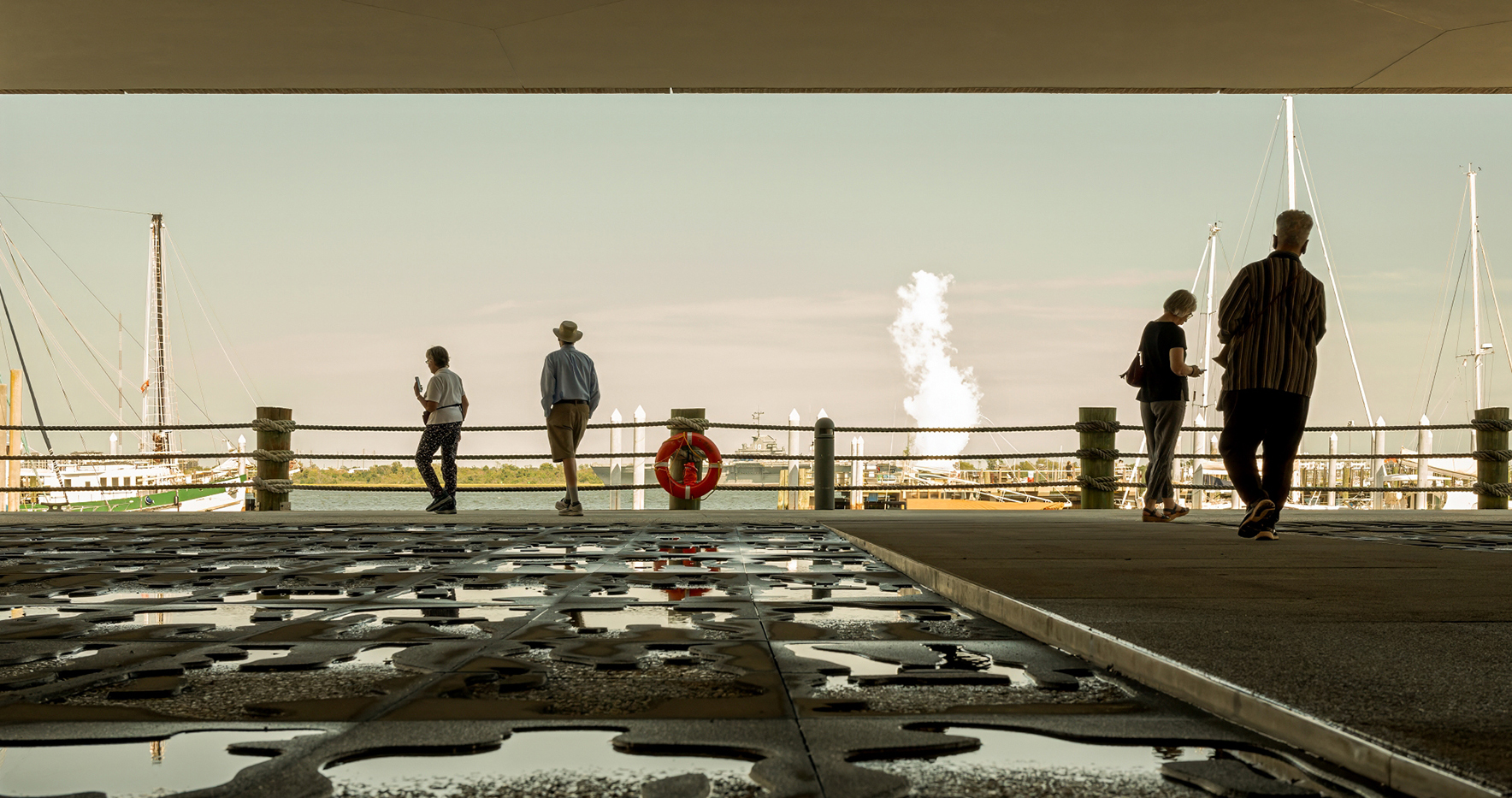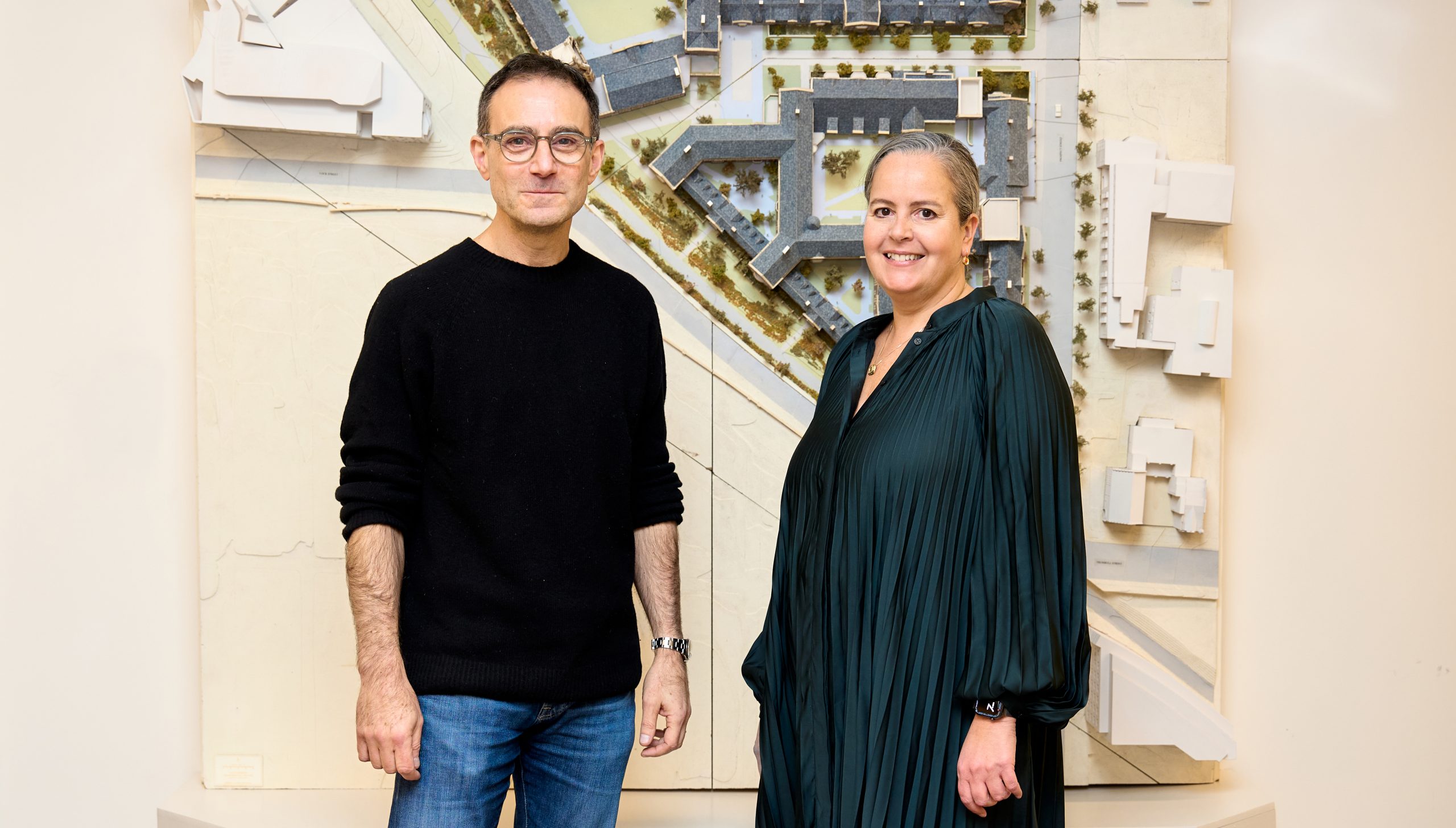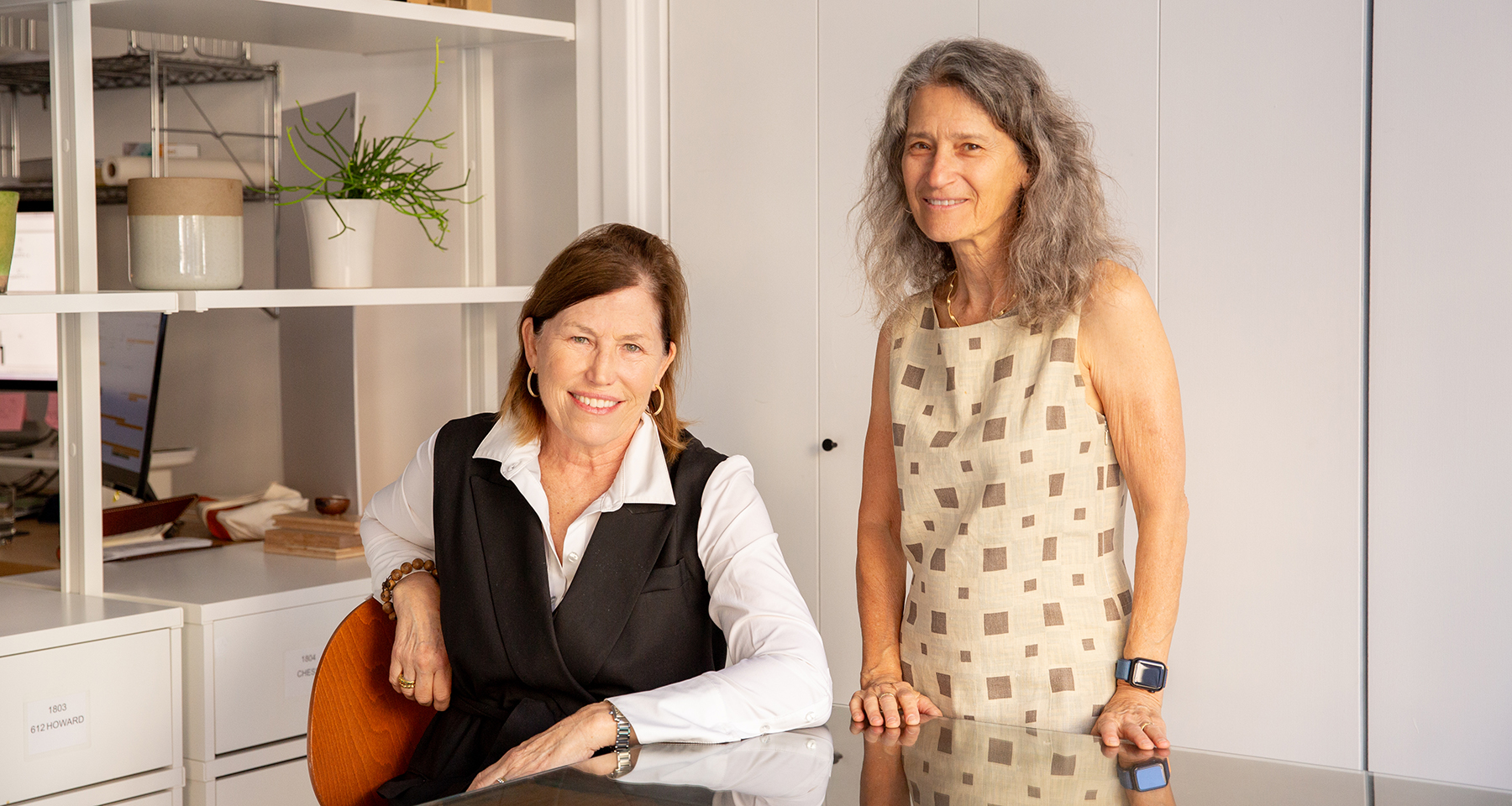Review: Hiring Project Teams – Who Gets Hired & Why?
On Thursday 4th June we held our Workshop Panel Discussion titled Hiring Project Teams – Who Gets Hired & Why?
Our expert panelists explored the critical process of finding, hiring, and running teams for risky and complex projects in real estate, design and the built environment.
Video & Audio Playback
Session Recap:
Drew Lang, Founder of Brick & Wonder, introduced the discussion and moderated the session with questions for our panelists.
[For our shortlists] we look for experience, vision and chemistry. Design excellence is a given. Experience is a complicated one. Clients want an architect to have done the same typology before. I’m a firm believer that a good architect can do any typology, perhaps except healthcare… it’s always a robust discussion.SUSANNA SIREFMAN, TIMESTAMP: 0:16:39
Lack of diversity on the team is a dealbreaker for Dovetail and our clients. Clients want women, they want people of color. It’s sometimes shocking for us to get a submission with ten white men and their bios. In today’s world it’s just unacceptable. We’ve made a huge effort to make sure that women have a voice at the table.
SUSANNA SIREFMAN, TIMESTAMP: 0:28:00
Another deal breaker is lack of respect within the hierarchy of a team… I’ve had clients come into the room early while the interviewees are setting up, and they’ve been horrified by the way the partner is treating the person running tech for them. That’s a red flag. Another red flag is arrogance. You can make great architecture without being supremely arrogant.
SUSANNA SIREFMAN, TIMESTAMP: 0:28:50
My advice is always to have somebody take a fresh look before anything goes out the door!
SUSANNA SIREFMAN, TIMESTAMP: 0:44:45
For these high profile projects that involve community relations I think it’s really important that the senior leadership, and even the layer underneath, stay intact for the duration of the project.
SUSANNA SIREFMAN, TIMESTAMP: 1:00:00
We look for the ability to listen and respond. If you’re doing a presentation or responding to an RFP, am I getting something clearly tailored to what we told you were our values and objectives, or are we getting something the architect wants to do… If there is a disconnect and you’re given some feedback, do you make an adjustment?
JONATHAN JONES, TIMESTAMP: 0:14:01
One dealbreaker is if I don’t see a good amount of diversity on the team with regard to gender and especially with regard to age… because designing a building takes a lot of skill and experience. I really like to see as much age diversity and brain power as possible.
JONATHAN JONES, TIMESTAMP: 0:23:35
I have to push myself to go out there and look for firms that aren’t so well known or aren’t well known to the other decision makers that are part of the process. Sometimes there has to be some pushback because there’s lots of really great firms out there and people tend to just think of the starts. It prevents a lot of innovation that can come from hiring the smaller firm.
JONATHAN JONES, TIMESTAMP: 0:32:00
The office visit is very important for me, as much as possible it’s part of the process. You can see the culture of the office. You can see the layout, how people are talking, working. You get a real sense of the culture. It goes for the owner as well – bringing in some of the other decision makers to that visit.
JONATHAN JONES, TIMESTAMP: 1:01:00
When we’re putting a team together, we look for communication and clarity… Another thing we look for is complementary skills… it’s a team sport and no one group has all the answers. We look for best-in-class thinkers at every area of expertise needed to execute a project well.
GREGG PASQUARELLI, TIMESTAMP: 0:12:01
It’s a marriage – it’s for five to ten years and you can look back on your body of work and see which was a good marriage and which was a bad marriage. The ethics and goals of everyone on the team is the most important thing… There is no project that doens’t have problems, and we’re there to solve the problems. As long as you can communicate… you’ll be successful.
GREGG PASQUARELLI, TIMESTAMP: 0:25:58
For us, we like to mix it up for the projects we take on and for the consultants that come onto our groups. We want people to look at it fresh, to be hungry and to be willing to challenge standard convention.
GREGG PASQUARELLI, TIMESTAMP: 0:38:01
We said we we’re completely not qualified, we’ve never done this typology. We said why don’t we just tell you our process and have design meeting right now. We just pulled out paper and we had some images and diagrams and we started drawing, and that was the interview process. We ended up getting the project… it comes down to chemistry and desire and commitment and talking about what it’s like working together.
GREGG PASQUARELLI, TIMESTAMP: 0:55:44
We want to hear about [the firm’s] adherence to budget in past projects and then go back to past clients and confirm whether that actually happened.
ADRIENNE HEPLER, TIMESTAMP 0:10:45
One thing that drives me nuts is when a huge team of people show up to interviews, and then only one or two of them do the talking. I want to hear from the people I’m going to be working with – those are the people doing the work, not the principals. It affects contractors much more than architects. We often get the Super that shows up to interview and doesn’t speak at all, and that’s the guy I really want to interrogate about how he’s going to run the job.
ADRIENNE HEPLER, TIMESTAMP 0:21:00
Think about gender when you come to an interivew. We’re in a very male dominated industry. We are much more interested in people that have diverstiy on their teams, and it speaks well of their firm if thye are elevating women to positions of power within the firm. Contractors often come in with women who don’t do much talking.
ADRIENNE HEPLER, TIMESTAMP 0:22:00
Don’t forget about the importance of the interview. I read proposals and I go into the interview thinking one firm has it, and they totally blow it or someone else is really impressive and we end up hiring them. I’m always suprised at my own reaciton to reading propsals vs the interview process.
ADRIENNE HEPLER, TIMESTAMP 0:50:08
An easy dealbreaker is a fee outlier. My goal is to bring around the table for an interview four firms that are all fantastic…. Fundamentally, a deal breaker is a lack of alignment around the mission driven project goals.
RON MCCOY, TIMESTAMP: 0:18:45
We have a tradition that I value of helping architects do new typologies… Rafael Viñoly had never done a football stadium until we hired him to do one at Princeton. Rick Joy had never done a public building until we hired him to do a train station on campus. Nineteen out of twenty recent firms are new to Princeton. Only one has a repeat project.
RON MCCOY, TIMESTAMP: 0:38:50
One of the favorite questions of our selection comittee is to ask architects: ‘Tell us about a glaring error you’ve made… I’m a little surprised at how few of them asnwer it well… I’ve even seen some of them turn it around and say: ‘Our mistake was letting the client or owner do this or that.’ They doubly mess it up!
RON MCCOY, TIMESTAMP: 0:56:53
Meet the Panelists:

Susanna Sirefman, President, Dovetail Design Strategists
Dovetail Design Strategists is the leading independent architect selection firm in the United States servicing developers, civic, cultural and educational institutions looking for world-class architecture and design excellence. Dovetail’s founder, Susanna Sirefman, is trained as an architect and draws from extensive knowledge of the latest design and building trends and unmatched access to both emerging and acclaimed talent in the architecture field. Dovetail’s signature methodology and competitive selection process, tailored to each project, thoughtfully leads its clients to inspired architect shortlists and winning designs as they prepare for growth and enhanced visibility.

Gregg Pasquarelli, Co-Founder, SHoP Architecture
Gregg Pasquarelli is one of five founding principals of SHoP Architects. He worked as an investment banker at Citicorp before going back to school to train as an architect. Pasquarelli has taught at Yale University, Columbia University’s Graduate School of Architecture, Planning and Preservation, the University of Virginia, and the University of Florida. He serves on the board of directors for the Architectural League of New York and is a Young Leader’s Fellow of the National Committee on United States-China Relations.

Adrienne Hepler, Principal & Chief Operating Officer, Levien & Company
Adrienne’s work at Levien focuses on not-for-profit and cultural institutions, where she is adept at managing complex capital projects with rigorous government approvals and public funding requirements. She recently completed a masterplan for Theatre Row and expansion of Friends Seminary and is currently leading the construction of the David Rockefeller Creative Arts Center in Westchester and the Cooke School & Institute’s new school in upper Manhattan. Prior to joining Levien, Adrienne served as Director of Capital Projects and Government Relations for The Public Theater and oversaw the implementation of over $200M in Post-9/11 federal grants during her tenure at the Lower Manhattan Development Corporation.

Ron McCoy, University Architect at Princeton University
Ron McCoy was appointed University Architect at Princeton University in August, 2008. He provides overall guidance for the planning, architecture and landscape of the Princeton campus. He was part of the facilities team that delivered dozens of major new projects that were envisioned in the 2016 campus plan. He recently led the effort to create the 2026 Campus Plan, which provides a comprehensive planning framework for a new generation of facilities that are designed to meet the University’s strategic priorities.

Jonathan Jones, Director of Capital Projects, BAM
A licensed architect since 2003, Jonathan has over 20 years of experience working for noted architectural design firms and in the field of real estate development before becoming BAM’s Director of Capital Projects in 2010. In this capacity, he is responsible for managing and developing all aspects of capital design and construction projects throughout the BAM campus. Jonathan has earned Master’s Degrees in architecture from Yale University (1996) and in real estate development from New York University (2006). He currently resides in Brooklyn and has lived and worked in New York City since 1996.
Moderator:

Drew Lang, Founder, Brick & Wonder
Drew is the principal at Lang Architecture and the founder of Brick & Wonder.





